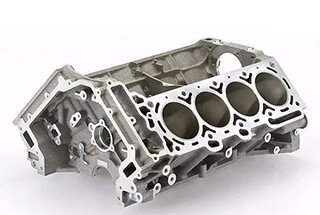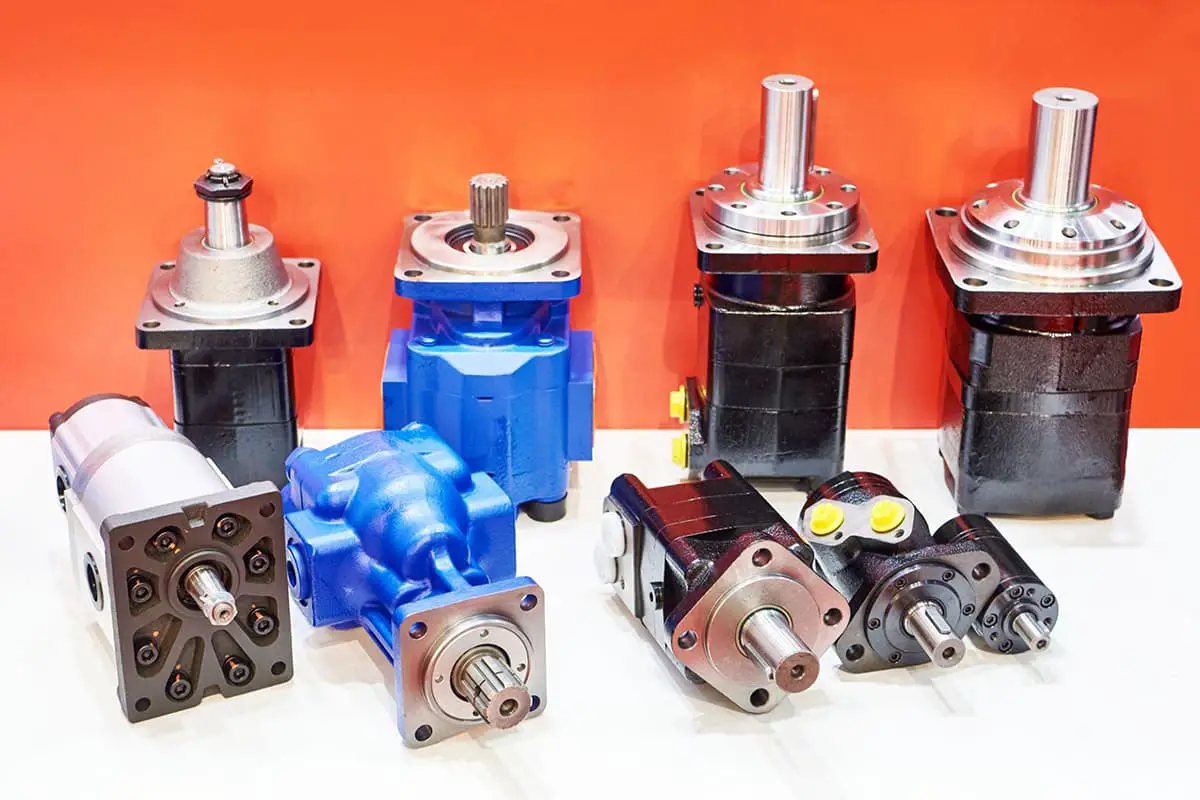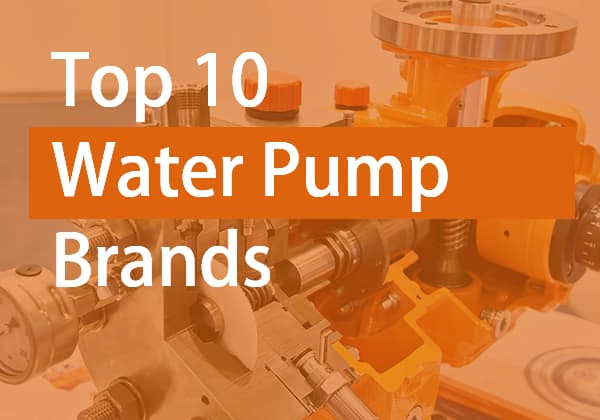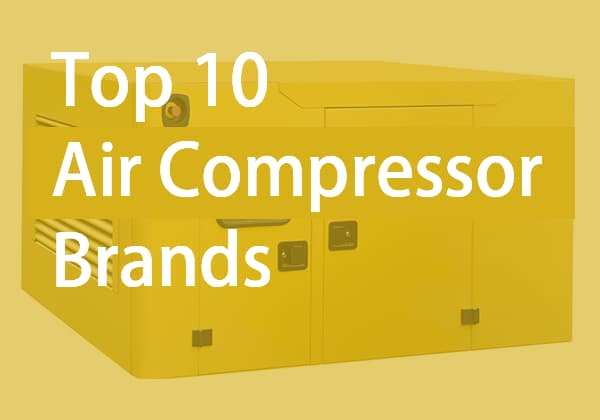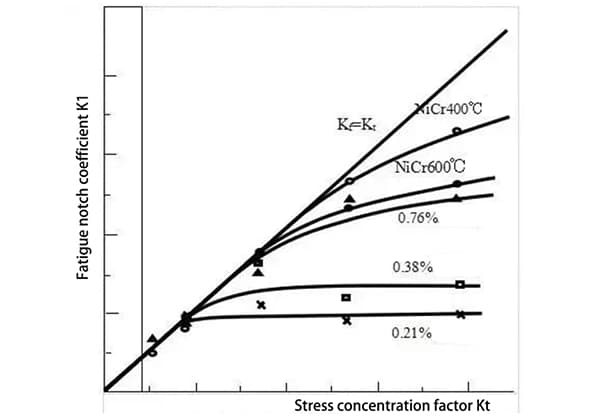
Have you ever wondered how hydraulic systems ensure optimal performance? Connecting hydraulic valves is crucial. This article explores four methods: pipe connections, plate connections, integrated block connections, and stacked valve connections. Each method offers unique advantages and challenges. From clear oil flow paths to compact designs, you’ll discover the best ways to achieve efficient hydraulic systems. Dive in to understand how these connection techniques can enhance your system’s reliability and functionality.
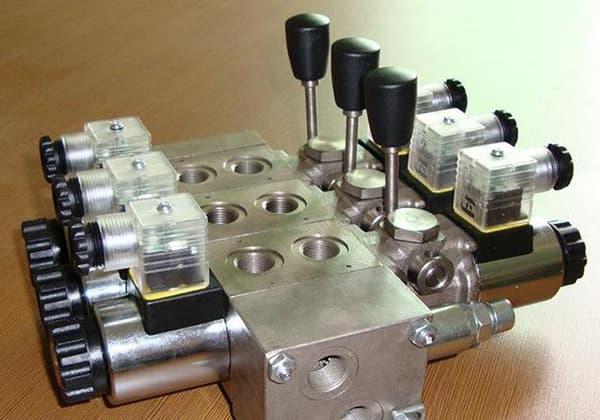
In hydraulic systems, various hydraulic valves are commonly seen. So what are the different ways to connect hydraulic valves?
There are several ways to connect hydraulic valves, including pipe connections, plate connections, integrated block connections, and stacked valve connections. Let’s introduce each of them below.
Pipe connections, also known as threaded connections, connect pipe-type hydraulic valves with pipe joints and oil pipes. Flange connections are used for high flow rates.
The advantage of this connection method is that the direction of oil flow between each valve in the system is clear at a glance.
However, the disadvantage is that the structure is scattered, taking up a large space in the hydraulic system. The circuit is complicated and not suitable for installation, disassembly, or maintenance.
The pipe joint is prone to oil leakage and air ingress, and it is prone to vibration and noise.
Currently, its application is limited.
Plate connections install plate-type hydraulic valves on a connecting plate, using the following types of connecting plates:
(1) Single-layer connecting plate: Valve components are mounted on the vertical connecting plate, and the oil lines between valves are connected by oil pipes behind the plate.
This type of connecting plate is simple, and checking the oil lines is convenient, but there are many pipelines on the plate, making disassembly and installation inconvenient.
(2) Double-layer connecting plate: Connection channels for valves are machined between two plates. The two plates are then glued or screwed together.
This method has a simple process and a compact structure, but when the hydraulic system pressure is high, it is prone to oil leakage and inter-cavity problems.
(3) Integral connecting plate: The integral connecting plate drills or casts holes for connecting oil lines in a thicker connecting plate. This method is compact, has fewer oil pipes, and works reliably.
However, the processing is more challenging, and the pressure loss in the oil circuit is higher.
For integrated block hydraulic devices, plate-type hydraulic components are installed on three sides of the integrated block, while pipe joints are installed on the other side, connecting to hydraulic execution components through oil pipes.
The connection oil circuit inside the block is formed by drilling holes. The block and the elements mounted around it form an integrated block group, which can usually complete a certain function of a typical basic loop, such as a pressure control loop block, a speed control loop block, etc.
A hydraulic system is often composed of several integrated block groups, each of which is connected to the top cover and bottom plate with long bolts.
This connection method has the advantages of compact structure, fewer oil pipes, standardization, and ease of design and manufacturing. Therefore, it has been widely used in various hydraulic systems.
Stacked valve connections are another way of integrating hydraulic devices. Each stacked valve acts as both a control valve and a channel body.
Therefore, there is no need for additional connecting blocks for stacked valve configurations. Each stacked valve can be directly mounted on the bottom plate block using long bolts to form the required hydraulic system.

